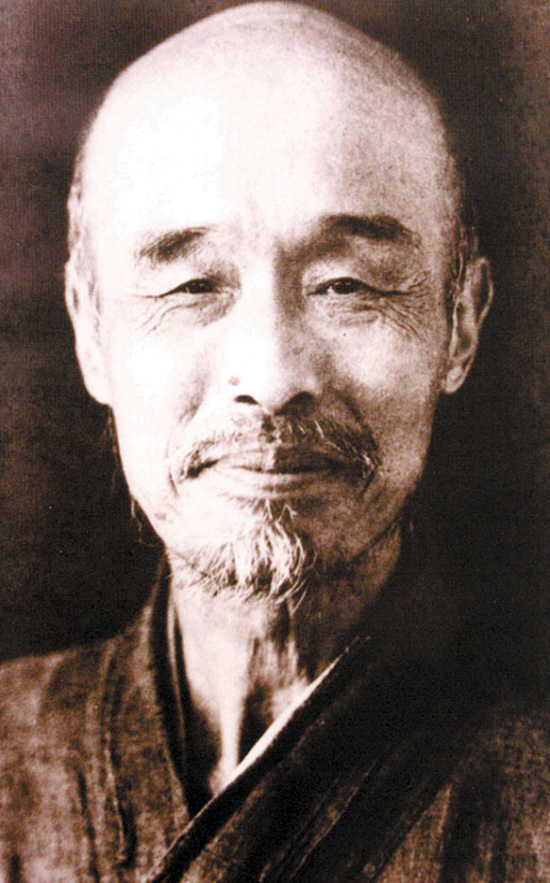KURODA SEIKI (黒田 清輝, 1866 - 1924)
Kuroda Seiki was born in Kagoshima, as a son of a samurai of the Kagoshima Clan. He became adopted heir to his uncle, Kiyotsuna Kuroda, and moved to Tokyo. In 1884, he went to France to study under Raphael Collin. In 1896, after returning to Japan, he established Hakubakai (the White Horse Society). The bright style painting of Plein-airism had a great influence on Japanese painting circles. Kuroda became a professor at the Tokyo School of Fine Arts in 1898, and founded Bunten (Monbusho Bijutsu Tenrankai: Ministry of Education Fine Arts Exhibition) in 1907. In 1910, he became the first teishitsu gigeiin (Imperial artist) among Western-style painters. In 1919, he became a member of Teikoku Bijutsu-in and became president in 1922. Not only did he promote enlightenment and education in Western-style painting, he also worked to establishing it as an academic discipline. In 1920, he was appointed as member of the House of Peers. His representative works include 'Dokusho' (Woman Reading), 'Maiko' (A Maiko Girl), and 'Kohan' (Lakeside).[1]
LI SHUTONG (李叔同, 1880 - 1942)

Li Shutong was born in Tianjin to a banking family. In 1898, Li moved to Shanghai, and joined the "Shanghai Painting and Calligraphy Association" and the "Shanghai Scholarly Society" while attending Nanyang Public School. In 1905, Li went to Japan to study at Tokyo School of Fine Art where he specialized in Western painting and music. In 1910, Li returned to China and was appointed to Tianjin's Beiyang Advanced Industry School. The next year, he was appointed as a music teacher in a girls' school in Shanghai. He went to Hangzhou in 1912 and became a lecturor in the Zhejiang Secondary Normal College. He taught not only Western painting and music but also art history. By 1915, Li was a teacher at Nanjing Normal College where he taught painting and music. He also taught at Zhejiang Secondary Normal School, the predecessor of the famous Hangzhou High School.
During his later years, Li's reputation grew, as he became the first Chinese educator to use nude models in his painting classes, not to mention as the first teacher of Western music in China. Many of his compositions are still remembered and performed today. In 1916, Li became deeply involved with Buddhism and chose to be ordained as a monk. [2]
GO HUIDONG (고희동, 1886 - 1965)
 Go Huidong, also known by the pen name Chun-gok, was born in Seoul. Go was the first Korean painter to adopt Western styles. He spent most of his life in Seoul. He studied French from 1899 to 1903 and briefly took a post with the Korean government.
Go Huidong, also known by the pen name Chun-gok, was born in Seoul. Go was the first Korean painter to adopt Western styles. He spent most of his life in Seoul. He studied French from 1899 to 1903 and briefly took a post with the Korean government.
Leaving the post in 1905, he studied Korean painting for several years and then traveled to Japan, where he studeid Western-style painting under Kuroda Seiki from 1909 to 1915.
He returned to Korea in 1915 and sought to fuse traditional and Korean styles.[3]
[1] http://asianhistory.tumblr.com/post/63602936147/by-the-lake-lakeside-kuroda-seiki-plein
[2] http://en.wikipedia.org/wiki/Hong_Yi
[3] http://en.wikipedia.org/wiki/Go_Hui-dong
